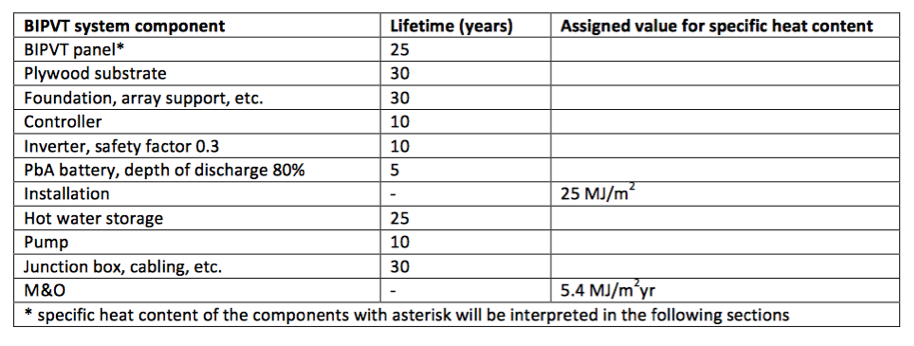BIPV/PV
Maintenance and Diagnostics
Due to the geographical boundaries and land constraints, many countries would make full use of their available resources. For a small country like Singapore, it is common to develop high-rise building due to the lack of space. However, these high-rise buildings are exposed to the lateral and shear forces which would result in building failure26.
The magnitude and nature of wind pressure exerting on the surface of the building depends on the wind’s speed, air density, and the flow of wind is modified by the building itself. Due to the building, tall height, the most noticeable lateral load imposed on the buildings would be the wind load. This would result in the building to sway and produce vibrations resulting from the wind-induced motions27. Thus, this brings up the issue of cleanability, repairability as well as maintainability of high-rise buildings.
Maintenance
Visual Inspection
The stain is easily spotted and can be eradicated through periodic visual inspection. High-rise buildings face a huge challenge in terms of cleanability due to its height. Workers required must be highly skilled and well-trained to embark on such risky jobs. In the current period due to constant developments and high demands in working conditions, the façade cleaning industry has a hard time to recruit new workers28.
Working on heights is strongly protected by national regulations and certain requirements need to be considered before employing them into the jobs. People who are above a certain age are not advisable to take on this job29. The real challenge of cleaning high-rise façade would be mainly working on heights. Hence, equipment such as gondolas has to be erected to allow workers at great heights. This, however, the safety of gondolas are not so promising as it seems to be30.
Stringent code of practice is heavily emphasised on-site to reduce the rates of preventable accidents. Regardless of the efforts, the risk of working at height is still marginalised28. With technological advancement, automated robot cleaning devices are implemented to replace the dependency of façade cleaners. One example of this technology is the GEKKO automated façade cleaning system. Thus, making the façade cleaning less labour intensive and potentially reduce the number of accidents31.
General Preventive Maintenance Guidelines
BIPV modules operation lifetime expectancy and performance ratio are estimated to be around 25 years with 80% degradation and 90% degradation after more than 25 years. With this as a guide, BIPV manufacturers should take consideration of this and produce modules that meet the standard. The expected lifetime of the BIPV systems and its components are listed as follows:

This, however, the lifespan of PV systems is lowered due to poor maintenance. This lead to an underestimate of basic energy demand and subsequent environmental impacts per kWh generated (Sun, 2014).
The PV modules integrated with the building requires routine visual inspection for signs of damage. To prevent expensive corrective maintenance, routine preventive maintenance is needed to ensure the PV modules operates properly32. One of the efforts would be to have a general preventive maintenance checklist as shown below.
